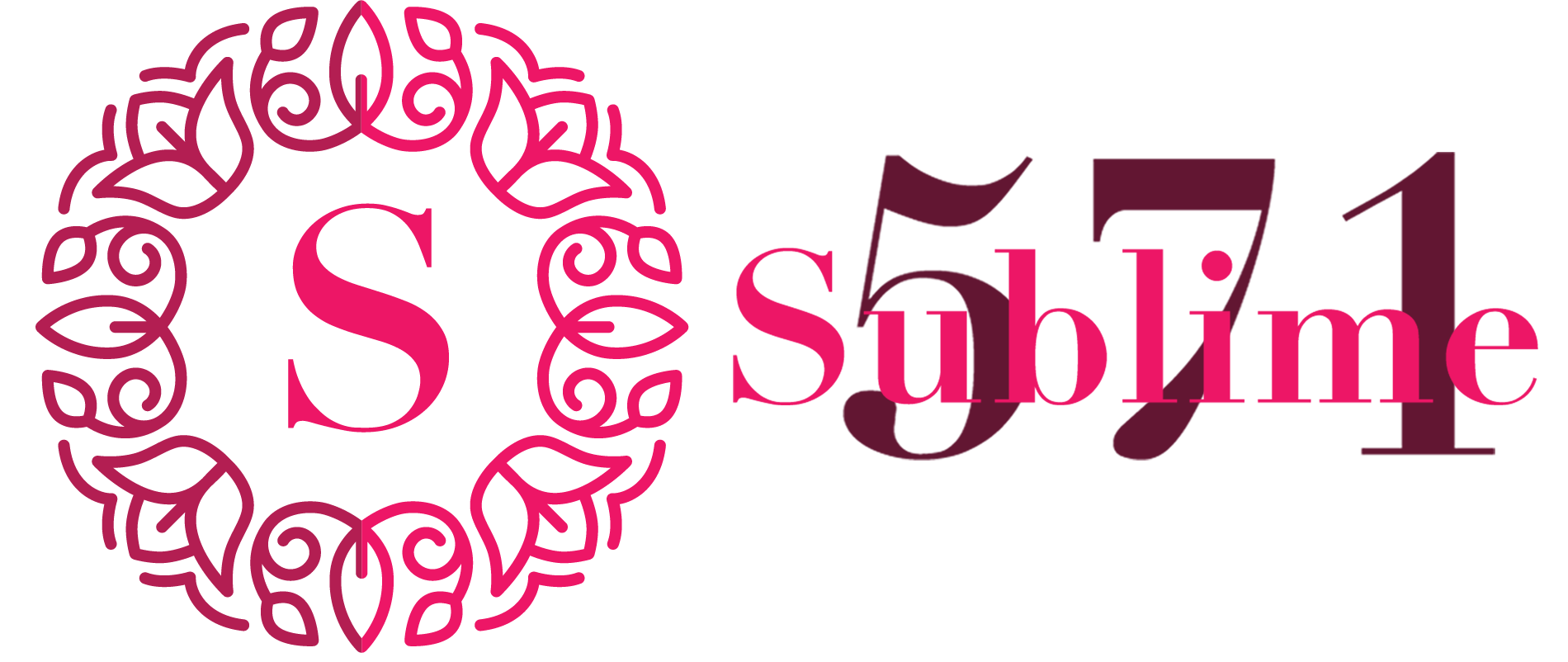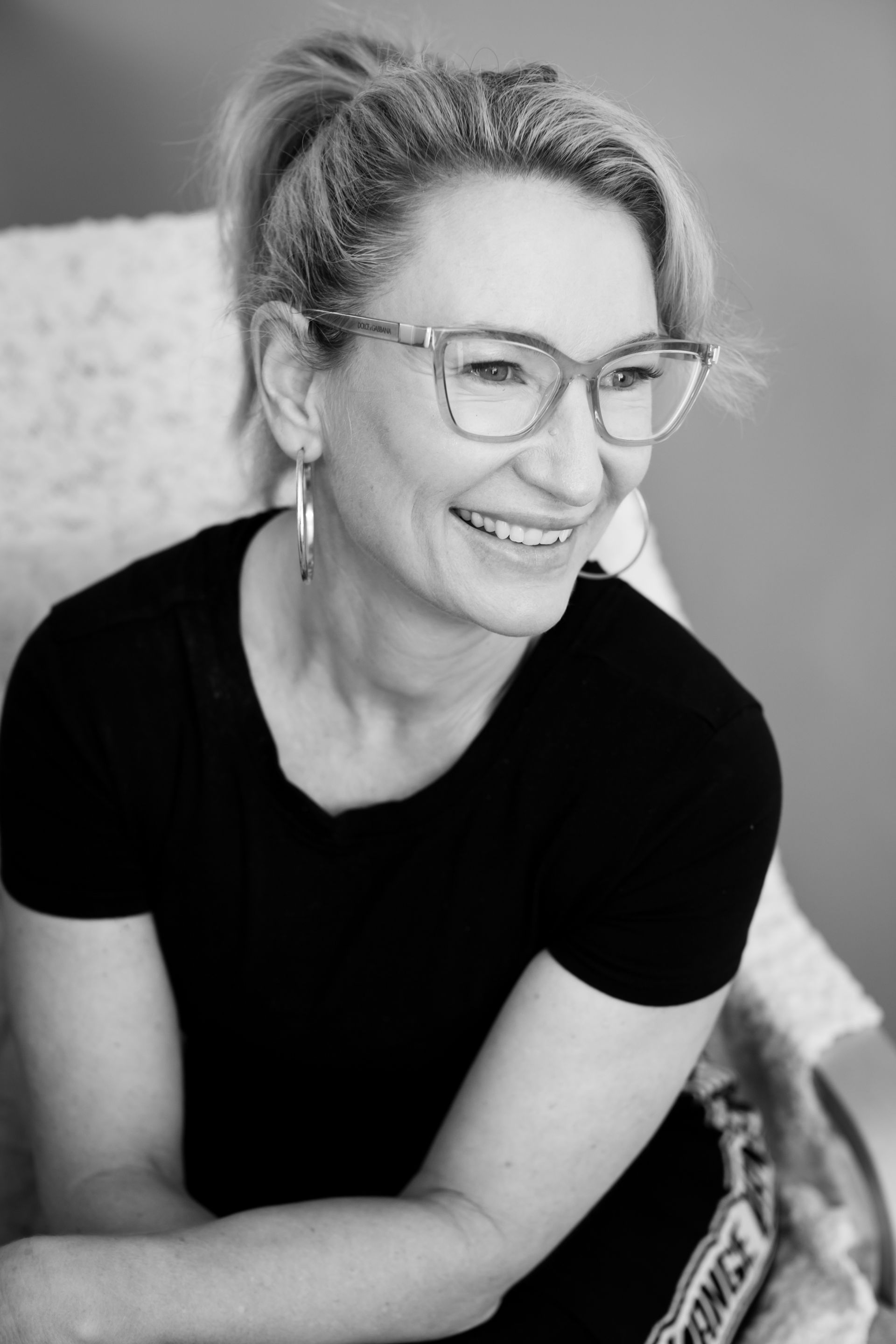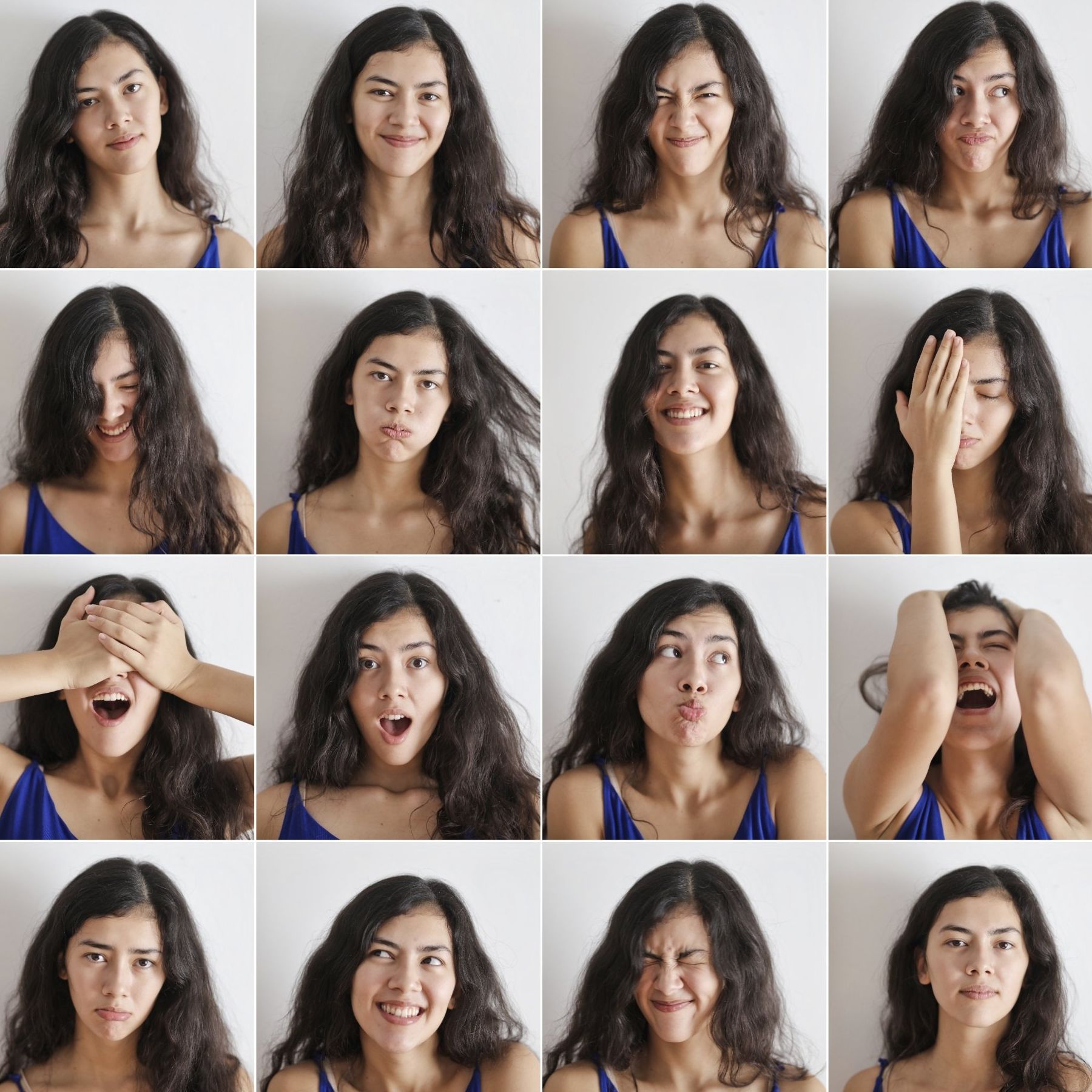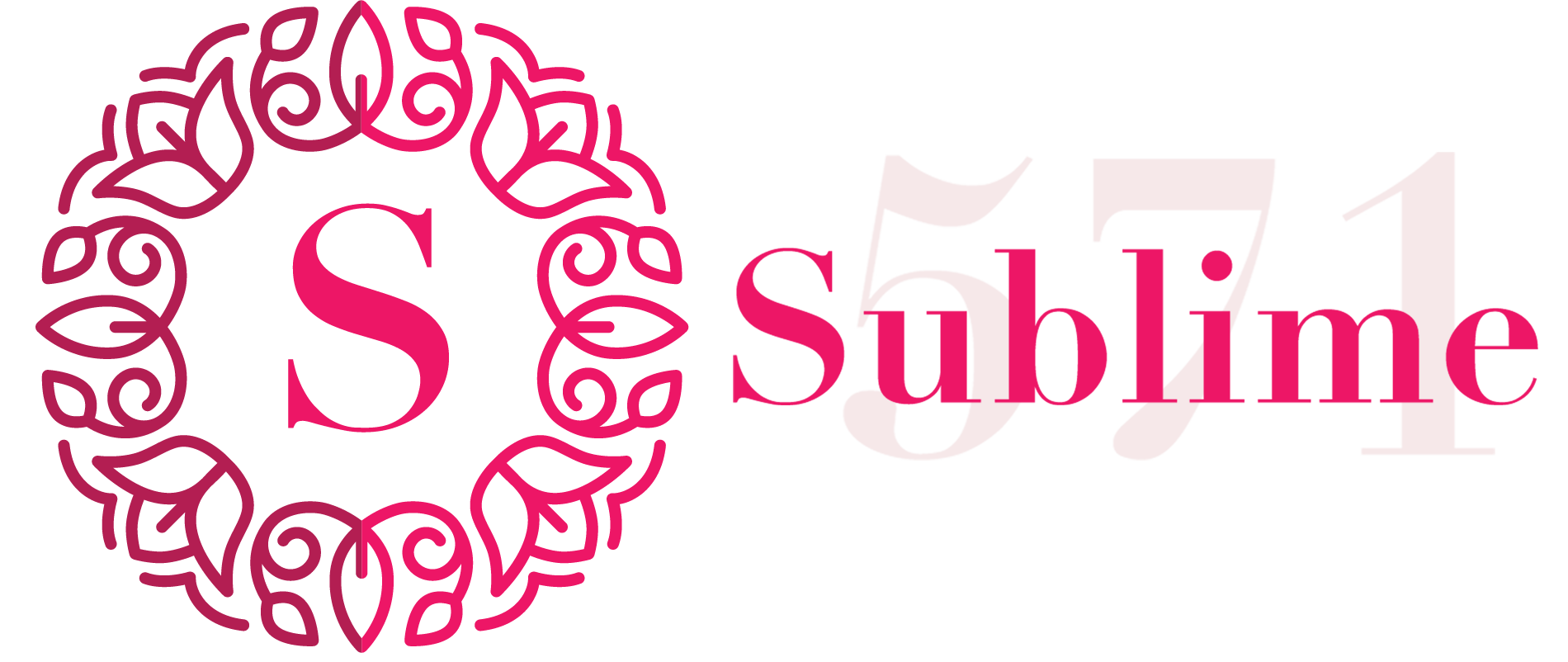Skin Pigmentation Solutions
shades of complexion
Navigating Melasma, Age Spots, & Hyperpigmentation
At Sublime571 in North Auckland, we understand that skin pigmentation concerns like melasma, age spots, and hyperpigmentation can affect your confidence. Our expert treatments help clients from Waitoki, Silverdale, Orewa, and surrounding areas achieve clearer, more even-toned skin.
Each person's skin is a canvas, chronicling their journey through life. Sometimes, this story gets punctuated with patches of deeper hues—be it the intricate patterns of melasma, the wisdom-marked age spots, or the broad strokes of hyperpigmentation. While they add character, these pigmentation variations often raise questions about their origins and significance. They're like unsolved mysteries of our skin's narrative, rooted in genetics, sun exposure, and hormonal shifts. Join us as we delve into the world of skin pigmentation, understanding its many shades and the stories they tell, while seeking paths to a more harmonized complexion.
Understanding pigmented skin
And here's the full tea, served hot: We all love the sun—it gives us those golden beach days, perfect lighting for our selfies, and that lovely summer glow. But, on the flip side, Mr. Sun can be a bit sneaky and intensify those pigmentation issues we've been chatting about. So, next time you're heading out, don't forget to generously slap on that sunscreen, maybe sport a chic hat, and throw on those cool shades. Keep your skin's best interests at heart! And hey, if you ever find yourself pondering over a new spot or wondering how to keep your skin glowing, don't hesitate to have a chit-chat with a skin guru. Remember, it's all about balancing fun in the sun with some TLC for your skin. Stay radiant and keep shining, inside and out!
hyperpigmentation
WHAT ARE CAUSES/ SYMPTOMS AND/OR SIGNS?
Ever spotted a sudden freckle or a patch that's darker than the rest of your skin? That's hyperpigmentation saying, "Hello!" It's like that unexpected guest at a party—sometimes intriguing, sometimes a tad unwelcome. Whether it's from a pimple that's left a mark or just your skin's way of reacting to those long summer days, hyperpigmentation has a story to tell. So let's find out what's behind these mysterious shades on our skin and explore ways to manage them. The why:
- Inflammation: Ever had a pimple or a tiny skin injury, and it left behind a dark mark? Or inflammation things like cuts, burns, or lupus? That's hyperpigmentation saying "remember this?"
- Medications & Chemicals: Some meds or creams can make the skin go, "Hmm, let's change colour a bit!"
- Medical Conditions:
Certain medical conditions, such as Addison's disease or hemochromatosis, can cause hyperpigmentation. The body's quirky that way.
melasma
WHAT ARE CAUSES/ SYMPTOMS AND/OR SIGNS?
Melasma: the intricate dance of shadows on our skin. Often appearing as blotchy, brownish patches, melasma is like the mysterious artwork our skin sometimes chooses to create. Unlike the spontaneous doodle of a freckle or the abrupt declaration of a sunspot, melasma has a subtler, more expansive presence, often weaving its tale across the cheeks, nose, or forehead. But what prompts our skin to pen this particular story? Why melasma, and why now? Let's uncover the narrative behind those unexpected patches.
- Hormonal Changes: You know those wild hormone rides, like during pregnancy or when on birth control? They can play a part in those mysterious melasma patches.
- Sun Exposure: Too much sun can make melasma go, "Let's throw a party!" and get even more noticeable.
- Genetics:
Got a cousin, aunt, or grandma with melasma? Yep, sometimes it's just in the genes.
Age Spots
WHAT ARE CAUSES/ SYMPTOMS AND/OR SIGNS?
Age spots—the unexpected freckles of our more seasoned years! Often popping up as tiny reminders of sun-kissed adventures, age spots are those small, usually flat dark areas on our skin. They're like nature's tattoos, signifying a life well-lived and time spent under the sun. But how do they decide to make their appearance on our skin's landscape? Is it just age, or is there more to the story? Let's decode...
- Sun Exposure: These little guys are like souvenirs from all those sun-soaked days. Over time, the sun can leave behind these tiny dark reminders.
- Aging: They're called "age spots" for a reason. The more birthdays we celebrate, the more these spots might want to join the party.
Your Pigmentation Treatment Journey
Initial Consultation: Detailed skin analysis and personalized treatment plan
Week 1-2: Begin treatment protocol with immediate skin preparation
Week 4-6: First visible lightening of pigmentation
Month 2-3: Significant improvement in skin tone and texture
Month 4+: Maintained clear, even complexion with maintenance plan
Sublime 571’s Approach to pigmented Skin
Combining tradition with cutting-edge innovation, Sublime 571 offers bespoke solutions for skin.
- Tailored Treatments: Recognising that everyone has a distinct blend of experiences and aspirations, our experts invest time in a detailed consultation. This ensures that treatments align seamlessly with your individual story and desired outcomes.
- Advanced Techniques: Our clinicians, trained in the latest global techniques, provide treatments that seamlessly blend science and art, enhancing and rejuvenating your skin.
- Premium Standards: Upholding a commitment to excellence, we ensure all our injectables are of the highest standard, undergoing rigorous testing to ensure safety and effectiveness.
- Comfort and Care: Your well-being is at the forefront of our service. Our procedures are minimally invasive, allowing you to effortlessly integrate them into your routine.
The Sublime 571 Promise
In a world where every stage of life holds its unique charm, we at Sublime 571 believe in accentuating the inherent beauty of every individual. Our commitment is to unveil a look that feels both rejuvenated and authentic, capturing the perfect balance of elegance and natural.
Embark on Your Journey of Transformation
Ageing might be an inevitable chapter of our story, but it doesn’t encapsulate our entirety. It's not about changing who you are but enhancing the beauty that has always been present. Let's navigate this transformative journey together.
Reach out to Sublime 571 today, and together, let's shape a future where your skin radiates with the timeless beauty you truly deserve.
Sublime 571 - The Intersection of Science, Art, and Ageless Beauty.
Treatment Solutions
Proven Pigmentation Treatments in North Auckland
At our peaceful North Auckland clinic, we combine advanced technology with expert knowledge to address all types of skin pigmentation. Our comprehensive approach ensures optimal results for your individual concerns.There are a number of solutions available to you to address these issues.
facial Peels
Chemical Peels are great exfoliators, removing the top layer of your skin and revealing the new, healthy skin underneath. Chemical Peel treatment is a simple but effective treatment that involves applying a liquid solution that usually includes some form of acid in order to remove the top layer of skin in a safe and controlled way.
Skin care products
Harness the power of melanin inhibitors, Retinol A, and Vit C & B serums. Together, they're your skin's dream team, effortlessly lightening and brightening. Think of them as little lightbulbs, illuminating your complexion from within, helping fade those dark spots and giving your skin that radiant, fresh-from-a-spa glow.
IPL
Intense Pulsed Light (IPL) is a versatile skin treatment used to address a variety of cosmetic concerns. Utilizing high-intensity pulses of light, IPL targets the deeper layers of the skin without damaging the surface. It is effective for treating pigmentation issues, such as age spots and sun damage, reducing redness and rosacea, and minimizing the appearance of fine lines and wrinkles. IPL is also commonly used for hair removal and improving overall skin texture. This non-invasive procedure is known for its minimal downtime, making it a popular choice for those seeking noticeable improvements with convenience and ease.




